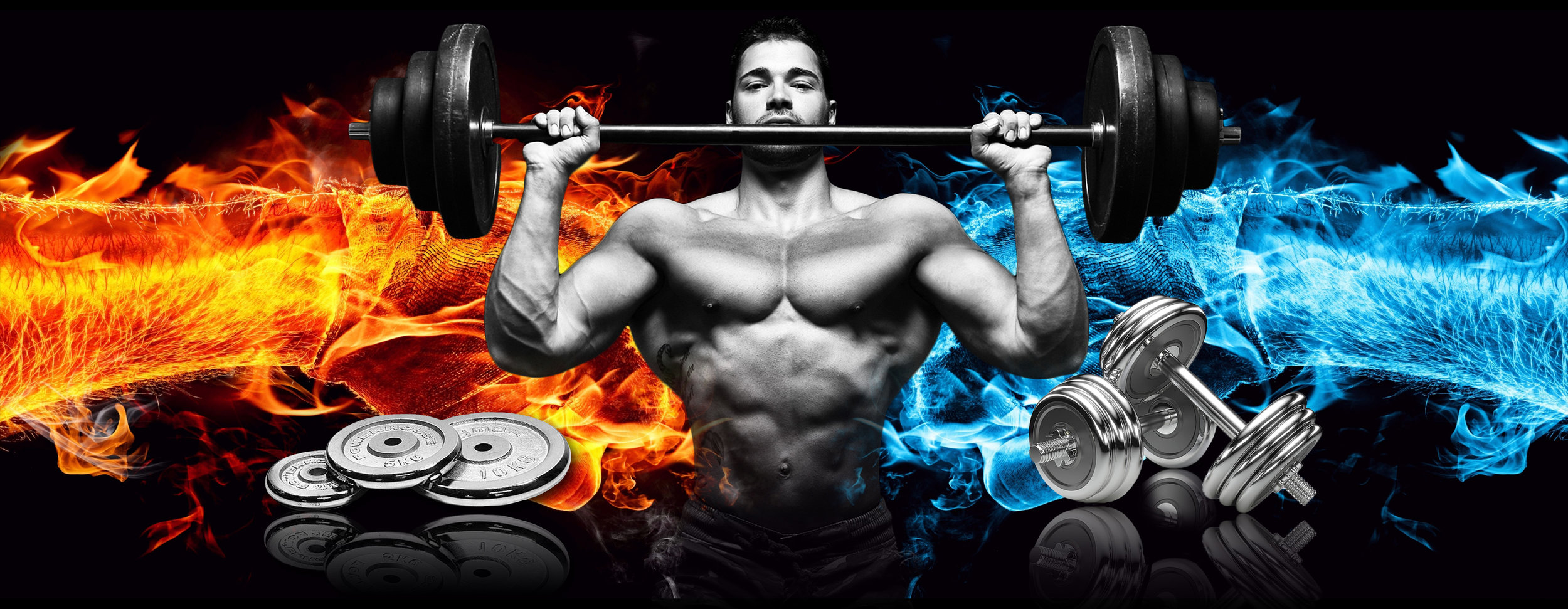Learn Proper Rowing Mechanics By Combining The Foam Roller With the Supine Row
Dr. Joel Seedman, Ph.D.
As many of you know I'm a huge fan of using the foam roller on a variety of movements including chest presses, pullovers, flyes and skull crushers (read more on foam roller chest presses here). However I also like to use them for rows. In fact, if you’re looking for a unique exercise to improve posture and shoulder health try this supine row on the foam roller as demonstrated by one of my NFL athletes Larry Pinkard
Although I often perform these on the floor (which is excellent for teaching individuals to avoid over-rowing with excessive ROM) there are seven reasons why using the foam roller is effective.
1. Allowing gravity to work against the spine in a supine fashion (laying on your back) helps to facilitate a more retracted and medially rotated scapula position. That’s because gravity is helping to pin the shoulders back. In other words simply laying in a supine position on a foam roller can act as a corrective exercise for resetting the scapula and spine. Add in a rowing motion that emphasizes scapular retraction and the results to postural restoration and shoulder positioning are significant.
2. The foam roller allows the scapula to move freely without being encumbered or fixed to the floor. As a result this optimizes natural scapulohumeral rhythm and glenohumeral joint mechanics.
3. The foam roller forces the lifter to create heightened spinal rigidity and natural curvature as anything but proper posture will literally feel miserable on the back. However with proper positioning it actually feels quite therapeutic on the spine. This has a tremendous effect on teaching proper rowing mechanics as it’s literally impossible to screw up a row once the spine is set in the optimal position.
4. The foam roller provides significant instability thereby forcing the lifter to use strict form and eliminate momentum. The foam roller has a tendency to roll and move unless the lifter remains tight and locks their core in. This creates significant rotational forces that the lifter must resist to keep from falling off the foam roller. Any wiggling, cheating, asymmetrical pulling, or shifting will cause the lifter to lose their balance.
5. The foam roller requires the lifter to aggressively activate their feet and ankles to help grip the floor. This creates a strong concurrent activation potentiation response (increased neural drive throughout the body) which further helps to lock in the rowing movement.
6. Although the floor variation literally eliminates over-rowing as the arms can’t go past the plain of the torso (which represents ideal rowing mechanics on all rows), this variation also helps to eliminate over-rowing in it’s own unique way. In essence over-rowing destabilizes the scapula and pulls the spine out of optimal position. As a result the foam roller begins to dig into the upper back and spine making it feel very uncomfortable. In addition, because of the instability produced from the foam roller the lifter is forced to use smooth mechanics and eliminate a majority of momentum. This also helps the avoid over-rowing as excessive momentum is one of the key contributors to excessive ROM when rowing.
7. You can also employ the head off protocol which further enhances postural alignment, spinal positioning, and shoulder mechanics as it allows more natural elongation of the cervical spine.
This has a direct impact on the thoracic spine thus leading to enhance shoulder packing and overall postural alignment.
If you're unfamiliar with the floor version, here's what that looks like
Training Protocols
These can be used as a supplementary exercise or as the primary horizontal rowing exercise for your training day. If the tension of the bands tends to pull you off of the foam roller simply place a plate or two on your lap which will keep you anchored to the roller.
In addition, these can be performed in a single arm fashion which eliminates the issue of the band tension pulling your body up from the foam roller (as the total tension will be approximately half). It also acts as an amazing core and rotary stability exercise as the combination of offset loading combined with the foam roller makes it very difficult to maintain balance on the foam roller.
Several sets of 8-15 repetitions is ideal for this unique rowing movement.
For more unique rowing variations click here




















